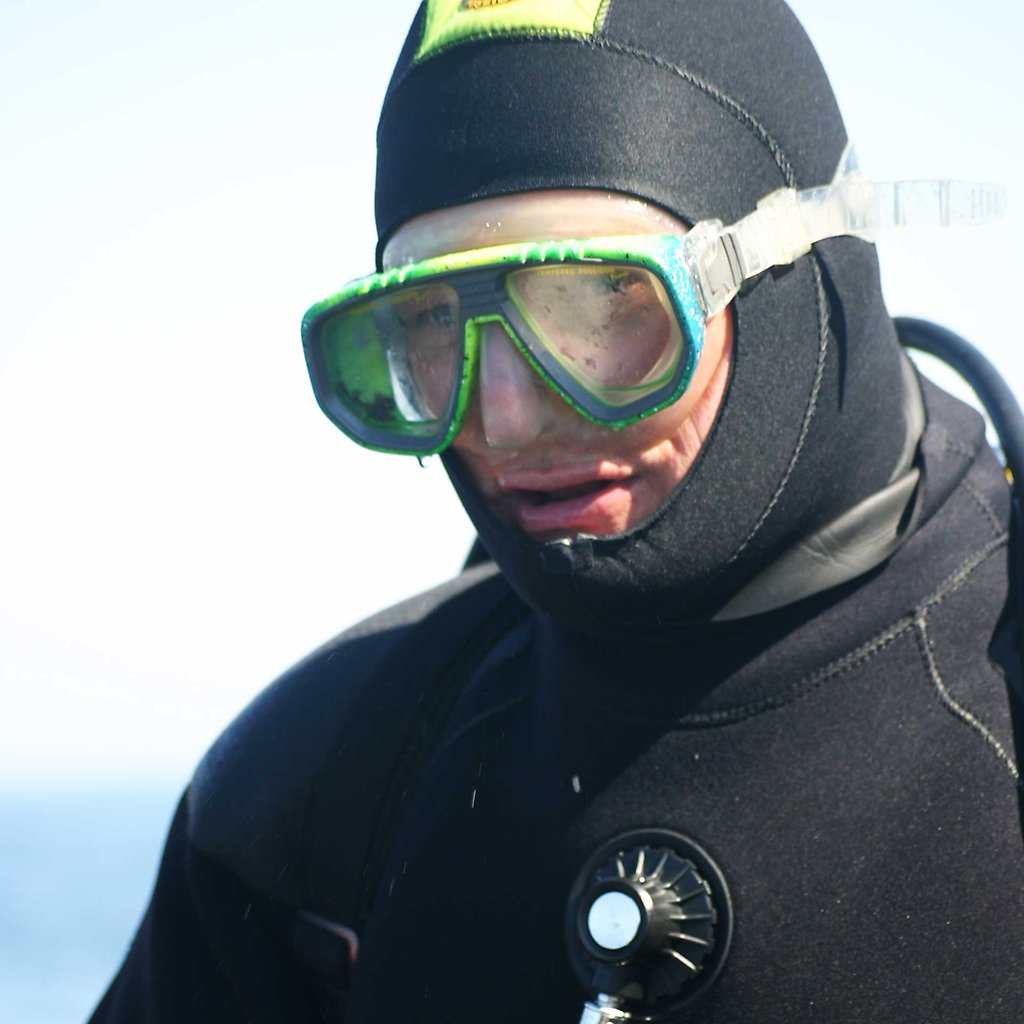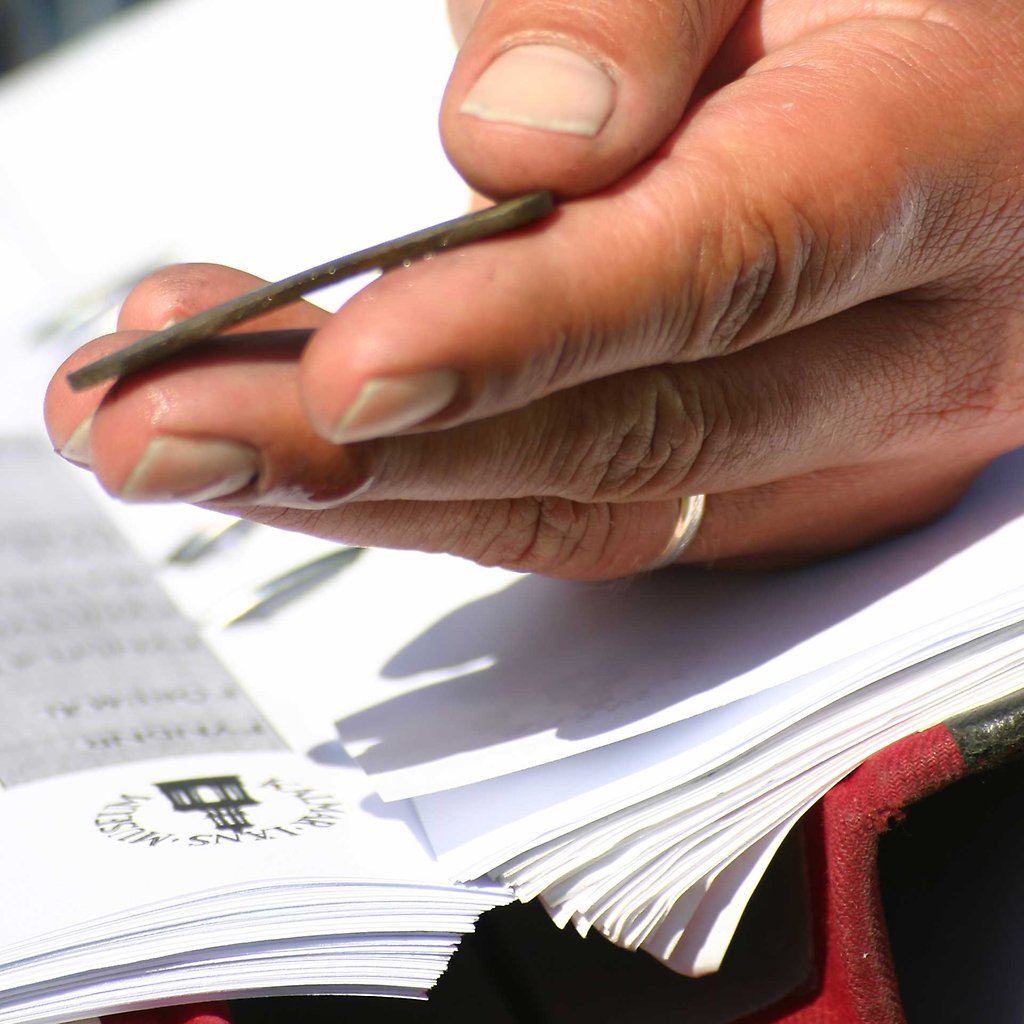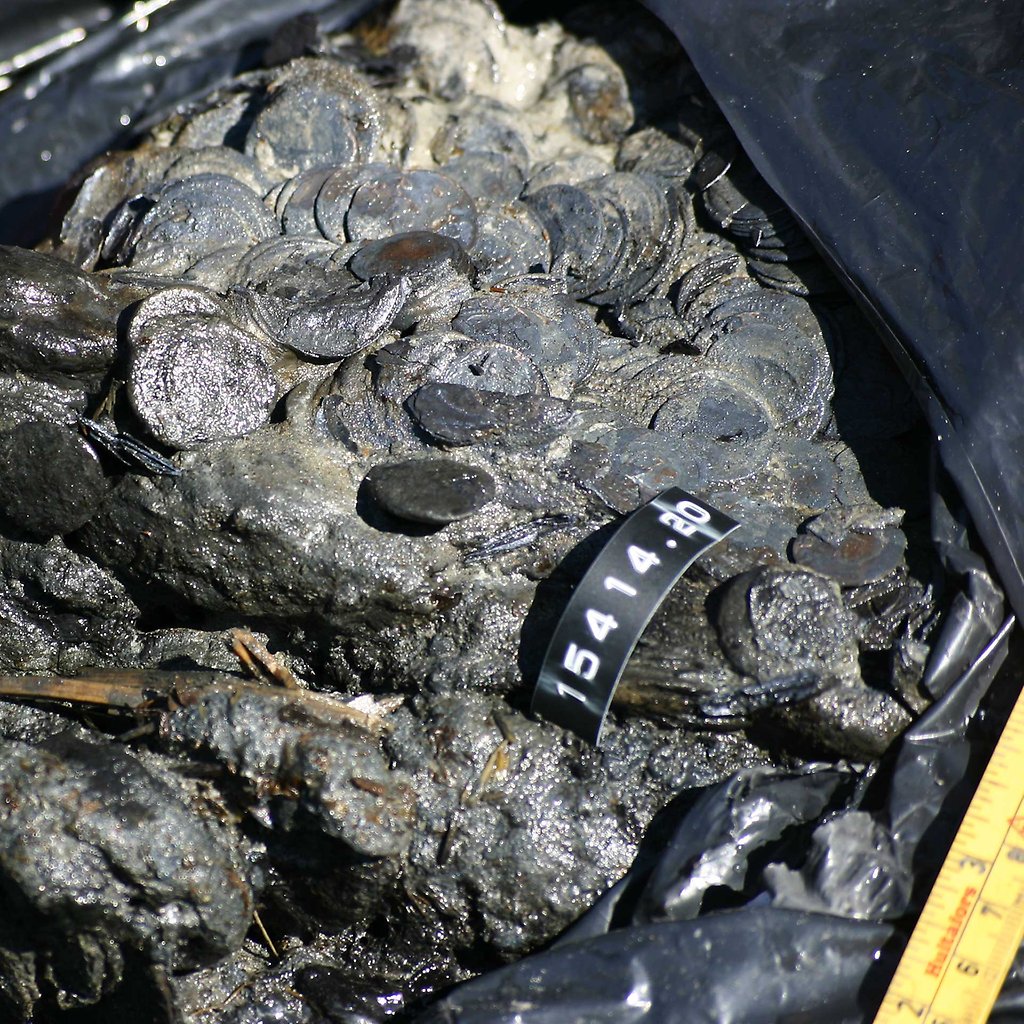Solving the Kronan puzzle piece by piece

The exhibition about the man-of-war Kronan is constantly evolving. For four decades, the archaeologists have been diving at the wreck, and step by step they have learned more about the ship and the people who lived on board. The investigations are headed by historian and marine archaeologist Lars Einarsson.
When Kronan was launched in 1668, she was the largest ship ever built in Sweden. She measured 53 metres in length and was 13 metres wide, with a crew of 850 men. Only about 40 of them survived when the ship exploded and sank, in a dramatic naval battle in 1676. It was not until much later, on August 8, 1980, that the wreck was rediscovered.
– It was on the initiative of the man who discovered the Vasa, Anders Franzén, and he had a number of diving engineers to assist him. Their knowledge proved essential in finding Kronan, 26 metres below the surface, six kilometres east of Öland, says Lars Einarsson.
When did they start diving at the wreckage site? And how long have you been involved?
– The examinations of Kronan were first begun in 1981. I was hired in 1982 – and things have just been going on since then!
What makes this job so exciting?
– All this brand-new information. The wreck shows us a frozen moment in time, untouched by human hands, on the ocean floor. It’s an amazing thing to be able to contribute to all this new information. Kronan is a really unique feature and brand, not just around Kalmar, but in Sweden and in the rest of the world.
You are about to make the final dives. How can you tell it’s time?
– The wreck has been examined throughout, and we’ve excavated almost the entire surface – only five percent remain. Most of the work that’s still left to do concerns documentation and sampling in order to perform a number of different analyses, such as finding out the age of the timber used to build the ship.

Which is the most exciting find you have helped salvage?
– To have had the privilege to lead this effort, and to contribute to the great Kronan “puzzle”, consisting of thousands of items and archival information is the most important and exciting thing, no doubt. Since the ship exploded, the wreck is in quite a state, but we’ve still managed to create a good, comprehensive picture.
– If I am going to mention any particular find, it would have to be Sweden’s largest cache of minted gold. I was part of the group that made that discovery, in my first year at the site, 1982. That was quite the unforgettable experience. A bit of a cliché, perhaps, but I still think a find like that would leave any archaeologist with goosebumps.
Are there any particularly surprising finds?
– Mainly, that would be the things you would not expect to find aboard a warship; jewellery, books and medicines that have been preserved. And of course the magnificent golden spoon, weighing about 100 grams.
The wreck shows us a frozen moment in time, untouched by human hands, on the ocean floor.
Lars Einarsson
What does it mean, Kronan being a “closed find”?
– It means that the find in its entirety comes from the same place, and the same point in time. Therefore, all the individual finds are related to one another. Further, we know the exact time when Kronan sank; at mid-day on Thursday, June 1, 1676. Therefore, we can tie all the finds to a particular occasion, and know that they have all been kept or used in the same environment.
The exhibition at the county museum keeps evolving. What happens next?
– We are currently creating sound, light and image effects. They will enhance the unique basis of the exhibition, that is, the objects salvaged from the sea, and the stories that originate from them, about their owners, their history and their use.

Kronan records
- Largest find of gold coins in Sweden
- Largest marine find of silver coins in Sweden
- The world’s longest, ongoing marine archeological examination
- The world’s largest closed find of bronze cannons
- Most heavily armed 17th century ship
…the man-of-war Kronan was the largest ship of the Swedish Empire? It measured 53 metres in length, was 13 metres wide, and almost 60 metres tall.
…that Kronan sank in a dramatic naval battle in 1676? The battle saw the Swedish fleet engaging against the joint fleet of Denmark and Holland.
…the wreck of Kronan was found in 1980? It lies 26 metres below the surface, six kilometres east of Öland.
…over 35 000 finds have been salvaged from the wreck? Several of them are available for closer inspection in the exhibition at the Kalmar County museum.
Page published by: Destination Kalmar

